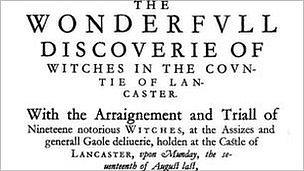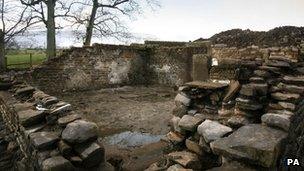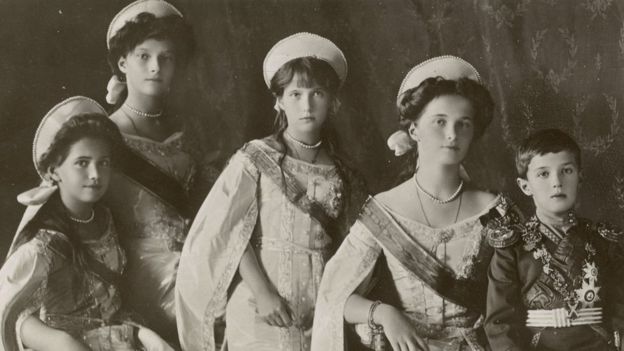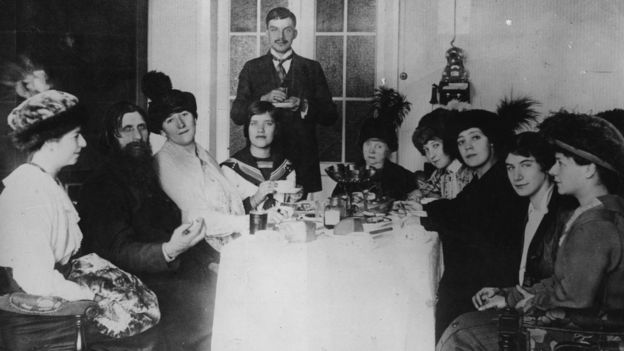As almost autumnal breezes rustle browning trees, a comfy couch by the hearth soon could become your regular after-work destination. But before you plop down, experts recommend you find a hand-based craft such as knitting or crocheting to keep spirits high during chilly times.
As almost autumnal breezes rustle browning trees, a comfy couch by the hearth soon could become your regular after-work destination. But before you plop down, experts recommend you find a hand-based craft such as knitting or crocheting to keep spirits high during chilly times.
Choosing needles over Netflix can do wonders to promote cognitive function as well as hand health, write Carrie and Alton Barron, M.D.s, in their 2012 book “The Creativity Cure: Building Happiness With Your Own Two Hands.”
Carrie Barron, a psychiatrist with the Columbia College of Physicians and Surgeons and a knitter, lauds handiwork as a tool for alleviating anxiety and depression. Her husband, Alton Barron, orthopedic surgeon and president of the New York Society for Surgery of the Hand, says knitting can prevent arthritis and tendinitis.
The doctor duo have traveled the country promoting the benefits of knitting, and will appear next month in Chicago at Vogue Knitting Live!, one of the biggest knitting conferences. The age-old craft has made a comeback in recent years, with 38 million people knitting and crocheting nationwide, according to the Craft Yarn Council.
Using your hands meaningfully triggers healthy engagement and activity in about 60 percent of your brain, said Alton Barron. The rhythmic, mathematical nature of knitting and crocheting keep the mind absorbed in a healthy way, providing an escape from stressful thoughts but allowing for internal reflection, said Carrie Barron.
While television can engage people from the outside, the mind requires stimulation from within in order to “free associate” or think imaginatively, she said. The psychiatrist suspects the return to knitting is a response to the rise in technology, much like the arts and craft movement followed the industrial revolution.
“There’s something so gratifying about taking strings and pieces and making them whole,” she said. “There’s something primitive and innate about that. The fragments of the mind also come together in that process. It’s a parallel process between the mind and the hands.”
A 2011 study from the Journal of Neuropsychiatry & Clinical Neurosciences showed that doing crafts such as patch-working or knitting during middle age, combined with watching less television, decreased the odds of later cognitive impairment and memory loss by 30 to 50 percent, and promoted the development of neural pathways.
Knitting can also improve mood, according to a 2013 survey of 3,500 knitters published in the British Journal of Occupational Therapy. When asked to describe their mood before knitting, 34 percent reported feeling “happy” and 23 percent reported being “a little sad” to “very sad.” When asked to report their mood post-knitting, less than 1 percent remained sad and 81 percent described themselves as “a little happy” to “very happy.”
Athena Wallis, a mother of three from Fair Oaks, said knitting has been a crucial outlet for her since she was diagnosed with depression last year. Wallis, 33, said she taught herself to knit using web videos, and now reaches for the needles anytime she feels sad or overwhelmed.
“It only takes me 10 or 15 minutes to feel the effects,” she said. “It’s the rhythm and focusing all of my attention instead of feeling like I’m being pulled in many directions. Once you start doing it, it’s so rhythmic that it becomes a meditative thing. It really makes my brain calm down.”
Researchers who study therapeutic knitting would tie Wallis’ experience to the “relaxation response” theory conceived by Dr. Herbert Benson of the Harvard Medical School in the 1960s. His work, later continued by other scientists, showed that meditative practices can lower heart rates and blood pressure and can alleviate the symptoms associated with hypertension, insomnia, depression and anxiety.
Choosing needles over Netflix can do wonders to promote cognitive function as well as hand health, write Carrie and Alton Barron, M.D.s, in their 2012 book “The Creativity Cure: Building Happiness With Your Own Two Hands.”
Carrie Barron, a psychiatrist with the Columbia College of Physicians and Surgeons and a knitter, lauds handiwork as a tool for alleviating anxiety and depression. Her husband, Alton Barron, orthopedic surgeon and president of the New York Society for Surgery of the Hand, says knitting can prevent arthritis and tendinitis.
The doctor duo have traveled the country promoting the benefits of knitting, and will appear next month in Chicago at Vogue Knitting Live!, one of the biggest knitting conferences. The age-old craft has made a comeback in recent years, with 38 million people knitting and crocheting nationwide, according to the Craft Yarn Council.
While television can engage people from the outside, the mind requires stimulation from within in order to “free associate” or think imaginatively, she said. The psychiatrist suspects the return to knitting is a response to the rise in technology, much like the arts and craft movement followed the industrial revolution.
“There’s something so gratifying about taking strings and pieces and making them whole,” she said. “There’s something primitive and innate about that. The fragments of the mind also come together in that process. It’s a parallel process between the mind and the hands.”
A 2011 study from the Journal of Neuropsychiatry & Clinical Neurosciences showed that doing crafts such as patch-working or knitting during middle age, combined with watching less television, decreased the odds of later cognitive impairment and memory loss by 30 to 50 percent, and promoted the development of neural pathways.
Athena Wallis, a mother of three from Fair Oaks, said knitting has been a crucial outlet for her since she was diagnosed with depression last year. Wallis, 33, said she taught herself to knit using web videos, and now reaches for the needles anytime she feels sad or overwhelmed.
“It only takes me 10 or 15 minutes to feel the effects,” she said. “It’s the rhythm and focusing all of my attention instead of feeling like I’m being pulled in many directions. Once you start doing it, it’s so rhythmic that it becomes a meditative thing. It really makes my brain calm down.”
Researchers who study therapeutic knitting would tie Wallis’ experience to the “relaxation response” theory conceived by Dr. Herbert Benson of the Harvard Medical School in the 1960s. His work, later continued by other scientists, showed that meditative practices can lower heart rates and blood pressure and can alleviate the symptoms associated with hypertension, insomnia, depression and anxiety.






















